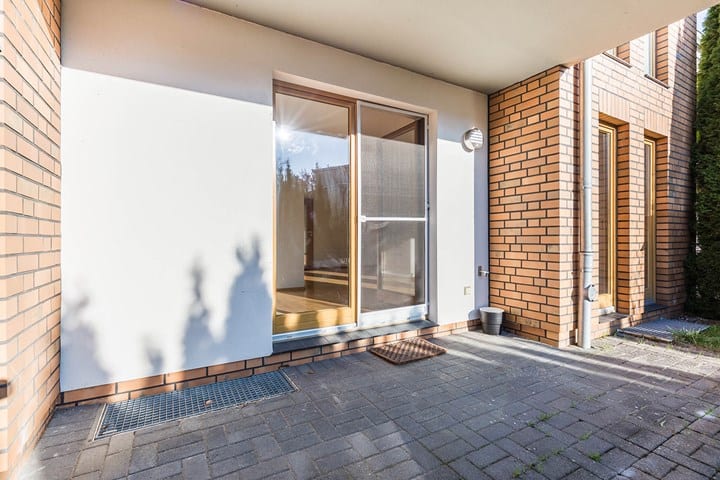Understanding The Effects of Temperature and Humidity on Rendered Walls
We have all seen the effects of changing temperatures and humidity levels on walls (or other surfaces) at some point. Walls that are exposed to extreme weather conditions, or even just normal fluctuations in temperature and humidity, can show signs of deterioration such as cracking, crumbling, flaking and stains.
In particular, rendered walls can be particularly vulnerable to damage due to the fact that they are constructed using mortar materials – like cement or lime – which is then covered by a thin layer of render. This article will explore how different temperature and humidity levels can affect rendered walls and what steps can be taken to prevent these types of issues from occurring.

What Is Rendered Wall?
Rendered wall is a type of construction that uses a thin layer of mortar material to cover the surface of a wall. This mortar material may consist of cement, lime or other similar materials and is applied in layers. The process creates a more attractive and smoother finish than just traditional brickwork.
Rendered walls are common both inside and outside homes, commercial buildings, schools and other public spaces as it provides an aesthetically pleasing finish as well as durability and protection from the elements.
How Do Temperature And Humidity Affect Rendered Walls?
When temperatures rise or fall dramatically during the day or when humidity levels fluctuate drastically between different seasons, these changes can cause stress on rendered walls due to expansion and contraction which leads to cracking or crumbling.
As mentioned earlier, rendered walls are made of mortar material and when temperatures or humidity levels change, the materials expand or contract in different ways. This can put pressure on brickwork, rendering, joint lines and corners which can lead to fractures, chips and even complete failure of the rendered wall.
What Can Be Done To Prevent Damage?
When it comes to mitigating the effects of temperature and humidity on rendered walls there are a few steps that can be taken. Firstly, it is important to ensure that your walls are adequately insulated to protect them from extreme weather conditions.
Proper insulation will also help with condensation control during humid months as well as reducing energy costs associated with heating and cooling. Secondly, it is essential to regularly inspect your rendered walls for any signs of damage and take steps to repair any cracks or crumbling as soon as possible. This will help to prevent further damage from occurring which could lead to more expensive repairs down the line.
Finally, it is important to ensure that your rendered walls are regularly painted or sealed with a protective coating that is suitable for use on exterior walls. This will help protect against moisture and provide a barrier between the wall and extreme weather conditions helping keep temperatures consistent throughout different seasons.
Conclusion
Rendered walls can be affected by changing temperature and humidity levels leading to cracking, crumbling or even complete failure in some cases. It is important to understand how these environmental factors can impact rendered walls so that you can take appropriate steps to protect them from the elements.
Proper insulation, regular inspections and the use of protective coatings can help protect rendered walls from damage caused by extreme temperatures and humidity levels. By taking these steps you can ensure that your rendered walls remain in good condition for years to come.
Related Articles
Understanding the Significance of Thermal Mass for Energy Efficiency in Rendered Walls
